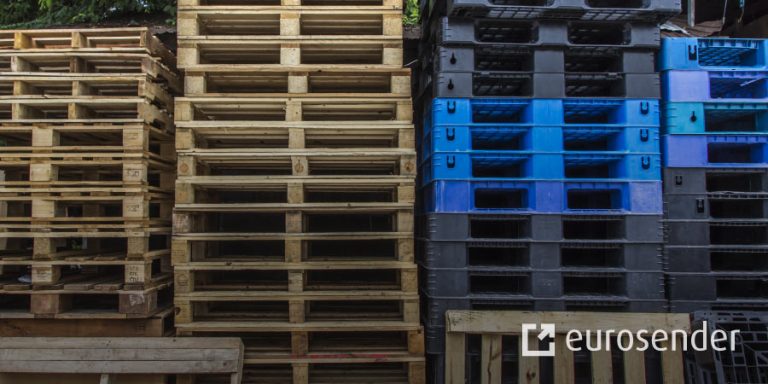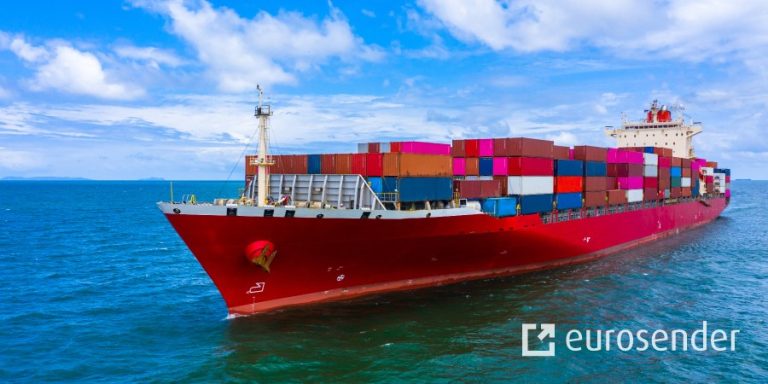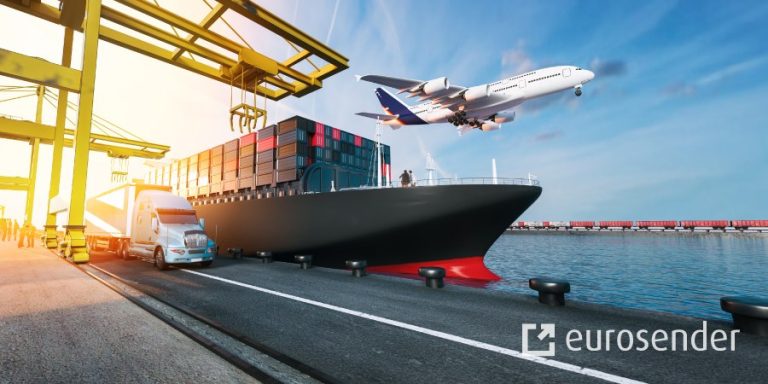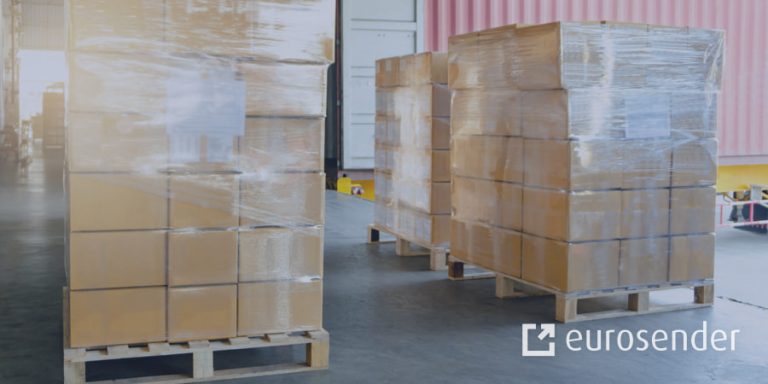What is the meaning of drayage in shipping terms?
TL;DR
- Drayage is short-distance freight transport, often between ports, warehouses, or rail terminals.
- Types of drayage include door-to-door, expedited, and pier drayage.
- Costs are influenced by factors like destination, delivery time, and freight weight.
- Drayage differs from cartage, which handles individual units, not full containers.
Create an account for free!
The drayage services are of crucial importance for filling the gaps of intermodal transport in the shipping industry. Understand the role that drayage plays for time-critical shipments.
Drayage services are playing a pivotal role in filling out the gaps in intermodal transport. The term drayage in shipping usually applies to situations where the already prepared containers are loaded onto a truck and delivered to another location, usually a short distance via ground freight. It is most commonly seen in the container industry and the temperature-controlled supply chain.
Read more about:
- Drayage – Logistics glossasary
- Freight transport – Logistics glossary
- Heavy goods transport – Logistics glossary
- Haulage service – Logistics glossary
To understand the process better, let’s look at one example. The most common place where the drayage services are used is – ports. Once the ship docks at the port, the containers need to be transported to the warehouse. The drayage comes to importance at this point. The movement of the goods to the transport train, the warehouse or any other short-distance location explains the meaning of drayage in shipping terms. It is also drayage when the goods go the other way around, from a warehouse to a port, or any different short-distance location accessible by road.
In short, the drayage services help get the freight from one mode of transport to another by road, and its role is to ensure the safe delivery in the intermodal transport.
It is important to note that drayage would not be possible without the proper organisation and equipment. Check out what we at Eurosender can do for you!
Guide to different types of drayage shipping services
- Door-to-door drayage – The goods are delivered directly to the customer’s location via road freight transport. It is most commonly used with retail goods.
- Expedited drayage – Perfect for time-critical shipments that need to be delivered on the same day.
- Inter-carrier drayage – Moving the goods from one location to another between different carriers, moving them from a railway to a trucking terminal.
- Intra-carrier drayage – One carrier company is responsible for the drayage, which might be from a trucking terminal to a railway or similar.
- Shuttle drayage – Temporary storage at parking lots or similar, due to excess shipments at the hub. The goods will stay at this temporary place until the issue is resolved.
- Pier drayage – The movement of the goods from one location to the port to be further loaded onto the ship.
Drayage charges in shipping: how are they calculated?
Several factors define the drayage charges in shipping and point on how additional fees are inflicted:
- Freight destination – The accessibility to the destination point is one of the determining factors for drayage costs. If the delivery location is central and not a big warehouse outside of the city, the charges will be higher.
- Delivery time – Sometimes, same-day delivery may mean higher costs. Also, the freight that will be delivered to the destination point outside of the agreed timeframe will mean additional charges, such as overtime fees.
- Freight weight – The freight is charged by its hundredweight or CWT. In some cases, it is better to merge your cargo into one container instead of separating them into few small ones to make sure you use the hundredweight to the maximum possibility.
- Type of transport – The freight that needs less handling will mean fewer costs. Meaning, you will pay less if you choose floor loading for your palletised freight with a common carrier instead of a specialised one that requires additional handling time and labour.
- Special handling – The need for handling usually means higher costs. Specialised carriers try to utilise the loading space as efficiently as possible and use different stacking up methods that add to the end drayage shipping charges.
- Freight unloading – The freight unloading depends on how was the freight handled in the first place. If special handling methods were used to load the cargo, you would need the same equipment, labour and time, which means adding on the final cost of drayage.
- Handling time – There are many different processes involved for the successful execution of the drayage. Anything that goes above what was initially agreed, and if the cargo is not loaded and unloaded within a specific time, it will mean additional costs.
Drayage vs cartage: What is the difference?
Even though in both cases the containers are transported by road and these terms are often used interchangeably, drayage and cartage are different.
- With drayage, the containers are transported as a whole for further transport that can be by sea or rail.
- Cartage, on the other hand, handles specific content of the shipment or individual units. The documentation is also different, and there is usually an agent involved, which isn’t the case with the drayage.
Now that you know the meaning of drayage in shipping terms you can proceed and book the right service for you! Take into consideration the mentioned drayage charges for your shipping to avoid any unexpected costs.
Want to know more?
Check our articles that explore different topics within the logistics industry.
Create an account for free!
About the author






